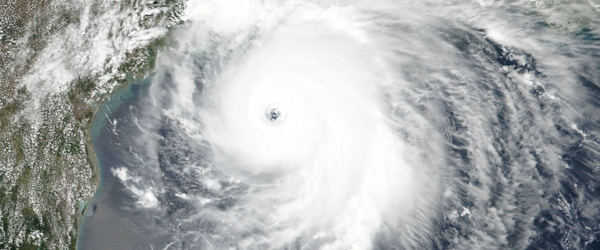
Colorado State University Predicts Above Normal 2025 Atlantic Hurricane Season
Thursday, June 19th, 2025 Catastrophe Insurance Industry Property Risk ManagementColorado State University’s Tropical Meteorology Project has issued its extended-range forecast for the 2025 Atlantic hurricane season, calling for notably above-average activity. Forecasters anticipate 17 named storms (versus the 1991-2020 average of 14.4), nine hurricanes (average 7.2) and four major hurricanes (average 3.2), with an Accumulated Cyclone Energy (ACE) index of 155—about 125 percent of the long-term mean. This elevated outlook reflects neutral ENSO conditions in the tropical Pacific and slightly warmer-than-normal sea surface temperatures (SSTs) across much of the tropical Atlantic, factors that historically favor storm genesis and intensification.
Landfall probabilities are also above median levels. There is a 51 percent chance of at least one major (Category 3-5) hurricane striking the continental U.S. coastline (long-term average 43 percent), a 33 percent chance along the Gulf Coast from the Florida Panhandle westward to Brownsville, Texas (average 27 percent), and a 26 percent chance along the U.S. East Coast including the Florida Peninsula (average 21 percent). In the Caribbean basin between 10-20 degrees N and 88-60 degrees W, the likelihood of a major hurricane track is 56 percent (long-term average 47 percent).
Key climate drivers underpinning the forecast include robust trade winds and cooler mid-Atlantic SST anomalies that have tempered some warming in the Main Development Region, and neutral ENSO trends—conditions that typically reduce vertical wind shear across the tropical Atlantic. While a late-season westerly wind burst could briefly perturb Pacific temperatures, dynamical and statistical models consistently signal an active season. Coastal communities are reminded that it only takes one landfalling storm to define a season’s impact, and thorough preparations remain essential regardless of seasonal forecasts.
CSU will update its outlook on July 9 and August 6, the latter coinciding with bi-weekly forecasts through October. A full verification of the 2025 forecasts will follow by November 20. Stakeholders in insurance, emergency management and risk-planning sectors should closely monitor these updates to refine resource allocation and readiness strategies.





